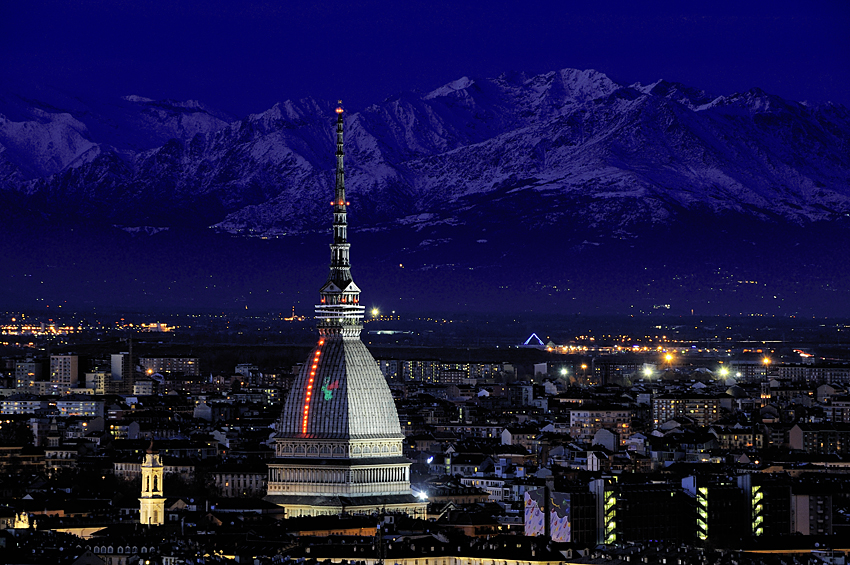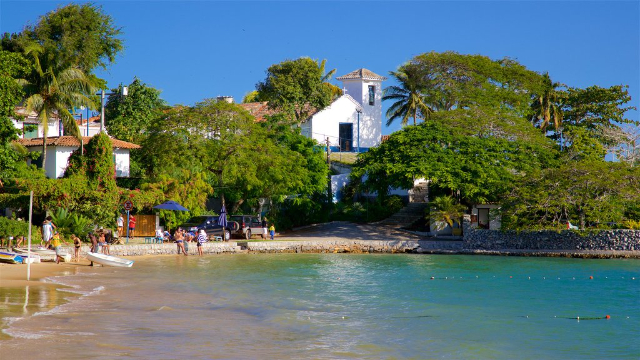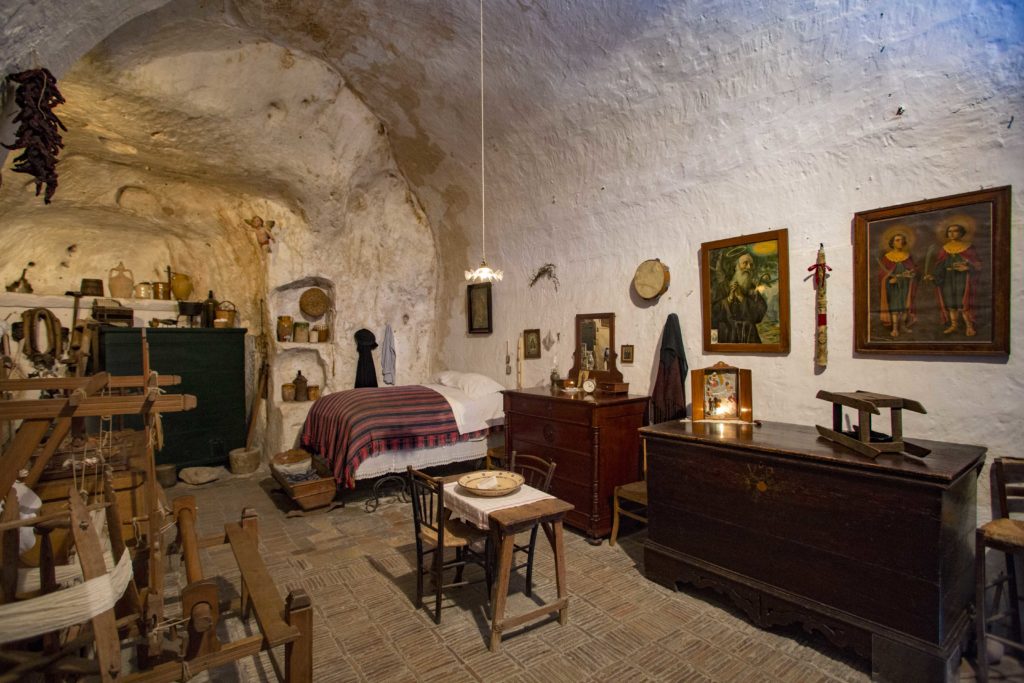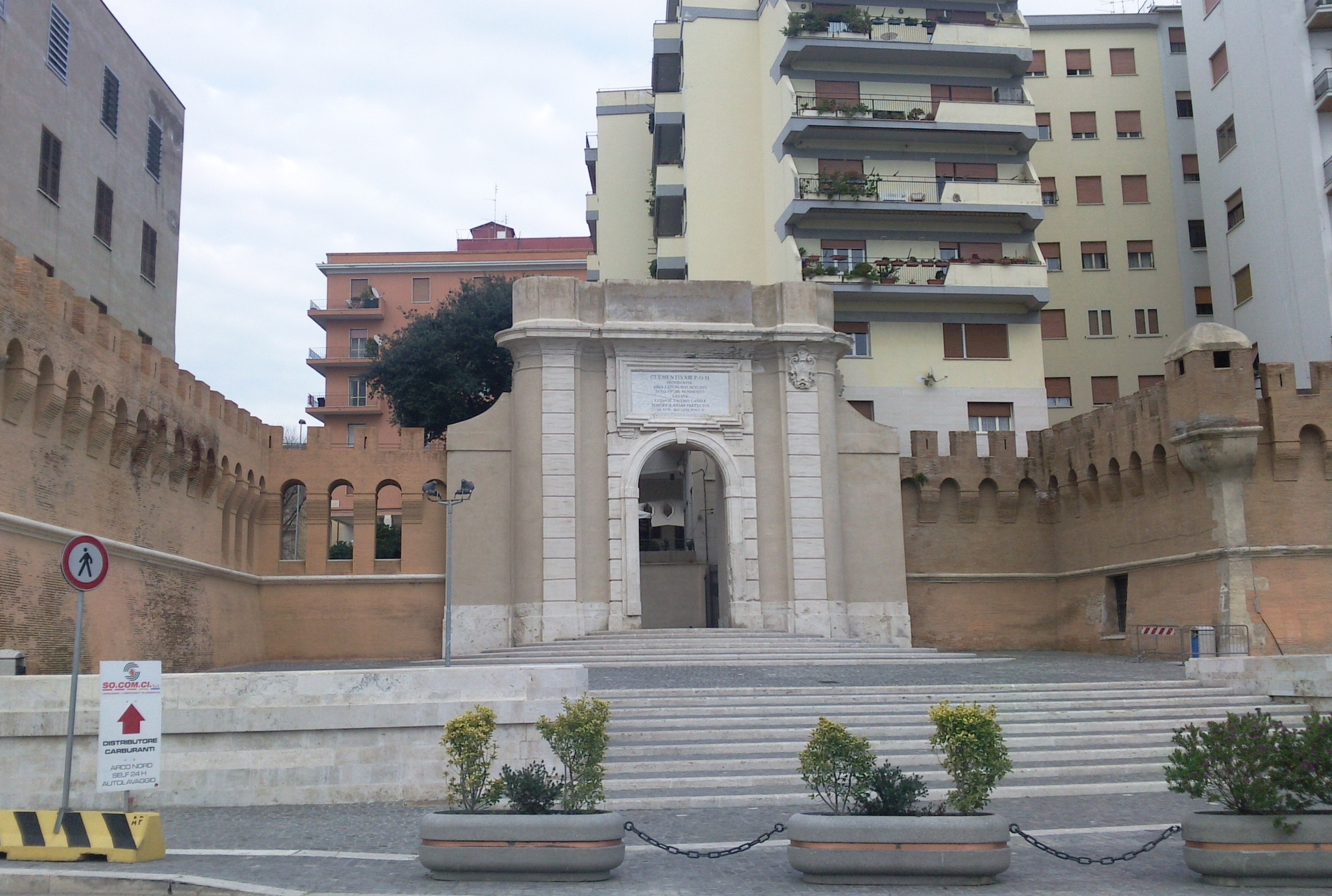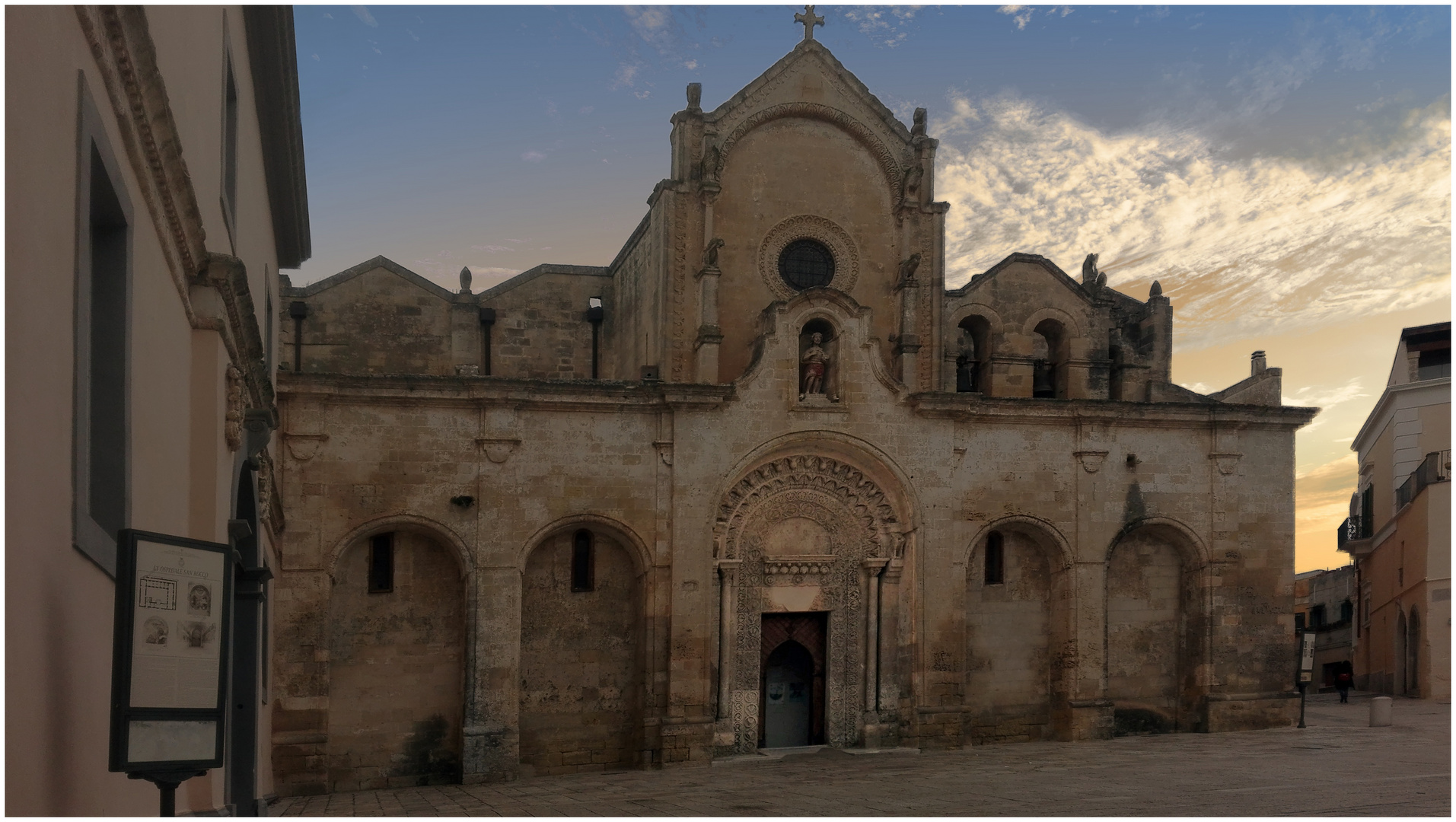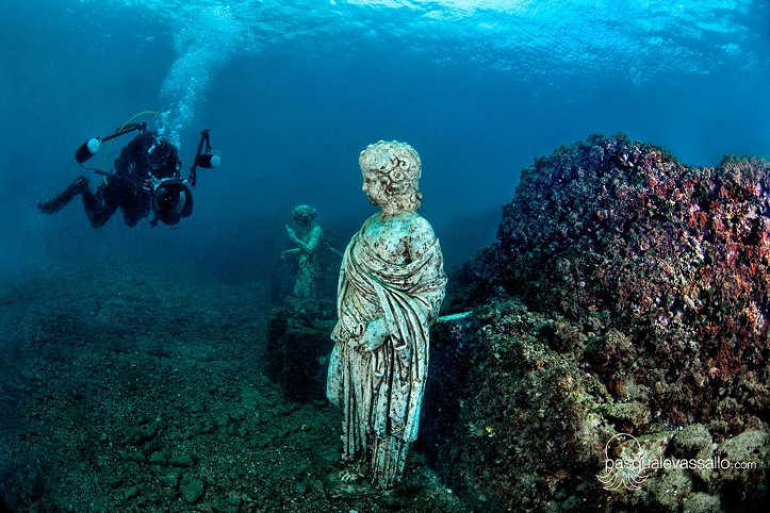he Mole Antonelliana, an architectural symbol of Turin, was begun by Novara architect Alessandro Antonelli in 1863. Originally conceived as a synagogue, it was acquired in 1878 by the City of Turin, while still under construction, to make it a monument to national unity.
The work was completed in 1889, not by Antonelli (who died in his nineties the year before) but by his son Costanzo. It was, at 167 and a half meters high, the tallest masonry building in Europe.
Antonelli worked on the Mole until his death: the pulley-operated elevator that hoisted the nearly 90-year-old architect to the top of its dome to allow him to personally check the status of the work was famous. Antonelli called his project "a vertical dream."
…to François Confino
"One cannot think of a Cinema Museum only as a museum of objects and machines, because the essence of cinema is film."
These are the words of set designer François Confino, who designed the layout of the National Cinema Museum in 2000 and the redesign in 2006.
"A total immersion dive into the world of the moving image and fiction. In a place of exceptional architectural stature we have created a temple of cinema, a complicit and winking homage to the Mole Antonelliana."
The Panoramic Elevator – The View of Turin
In 1961, a panoramic elevator was put into operation during the celebrations of the Centenary of the Unification of Italy. Renovated in 1999, it allows one to ride up to the "little temple" and the extraordinary 360-degree viewpoint of its balcony over the city and the amphitheater of the Alps. The ride, in the transparent crystal cabin, takes place in 59 seconds in a single open-air span with no intermediate floors from the starting elevation, located 10 meters above sea level, to the 85 meters of the arrival.
